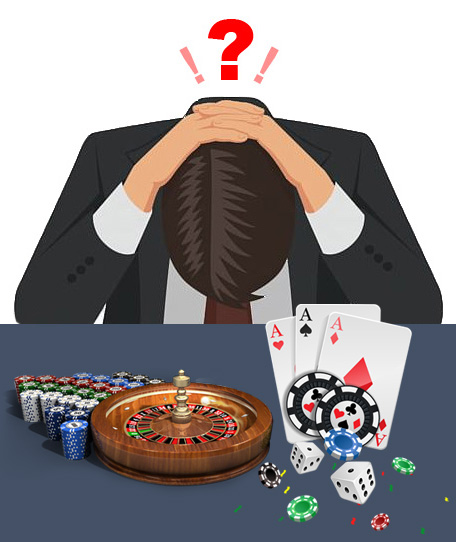Responsible Gaming Using AI to Promote Responsible Gaming

With gaming’s ongoing global expansion combined with the increased social responsibility scrutiny the industry receives as a result, the importance of developing and maintaining responsible gaming initiatives that protect at-risk customers is paramount for today’s gaming operators.
By constantly scanning all gaming data collection points and analyzing them against numerous self-exclusion covariates, XUVI’s Immersive Data Analytics platform provides you with a powerful tool that automatically identifies customers whose behavior is trending toward problem gambling – based on other customers who self-limit or exclude their gaming activities – and proactively engage these customers with the appropriate marketing message. Our BEAMSTUDIO platform can also automate the engagement and communication with responsible gaming education messaging triggered by specific thresholds or events, helping you enhance your outreach initiatives.


